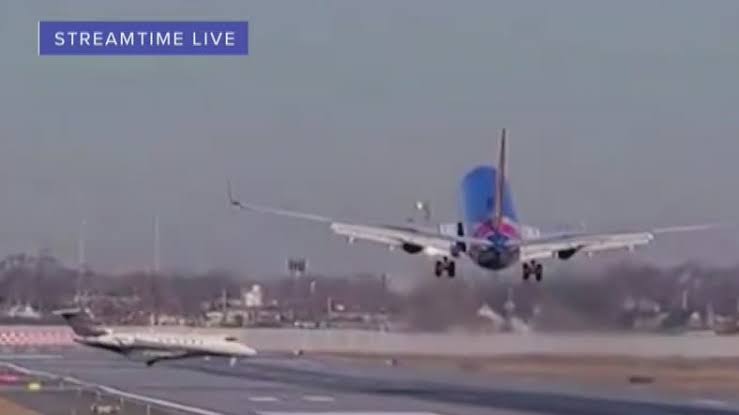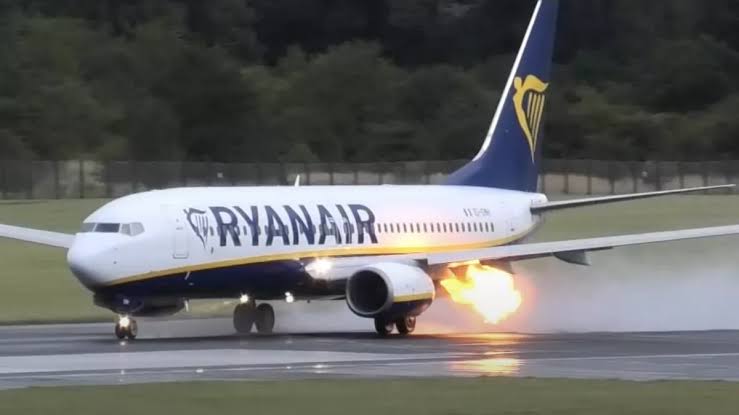Southwest plane narrowly avoids crash with jet at Chicago’s Midway Airport
Southwest plane narrowly avoids crash with jet at Chicago’s Midway
On February 25, 2025, a potentially catastrophic incident was narrowly averted at Chicago’s Midway International Airport when a Southwest Airlines Boeing 737-800, operating as Flight 2504 from Omaha, Nebraska, came within 200 feet of a Flexjet-operated Bombardier Challenger 350 business jet. The near-miss occurred as the Southwest aircraft was on its final approach to Runway 31C, and the business jet, without proper clearance, taxied onto the same runway, prompting the Southwest pilots to execute an emergency go-around maneuver to avoid a collision.
According to the National Transportation Safety Board’s (NTSB) preliminary report, the incident unfolded in clear weather conditions with good visibility. Air traffic control had instructed the Flexjet crew to hold short of Runway 31C. However, the business jet crossed the hold line and entered the runway without authorization. Concurrently, Southwest Flight 2504 was descending for landing and had to abruptly abort to prevent a collision.
The Flexjet crew reported confusion regarding their position on the airfield, exacerbated by sun glare, 
The Southwest flight crew’s prompt response in executing the go-around was crucial in averting a disaster. A go-around is a standard procedure where pilots discontinue their landing approach to climb back to a safe altitude, circle the airport, and attempt another landing. This maneuver is employed when the landing cannot be safely completed due to various factors, including runway obstructions or unstable approaches.
Following the go-around, Southwest Flight 2504 circled back and landed safely at Midway Airport without further incident. There were no reported injuries among the passengers and crew of either aircraft.
This incident is part of a concerning trend of near-miss events at U.S. airports in recent years. According to data, there have been multiple runway incursions and close calls since 2023, prompting the Federal Aviation Administration (FAA) and NTSB to intensify their focus on runway safety.
In response to these incidents, the FAA has implemented several measures to enhance runway safety. These include updating air traffic control procedures, increasing the use of technology to monitor aircraft movements on the ground, and conducting regular safety audits at airports nationwide. Additionally, the FAA has emphasized the importance of clear communication between pilots and air traffic controllers to prevent misunderstandings that could lead to runway incursions.
The NTSB continues to investigate the February 25 incident at Midway Airport. Their final report will provide a detailed analysis of the factors contributing to the near-miss and offer recommendations to prevent similar occurrences in the future. In the meantime, both the FAA and NTSB urge all aviation stakeholders to remain vigilant and adhere strictly to established safety protocols to ensure the continued safety of air travel.
y Airport





